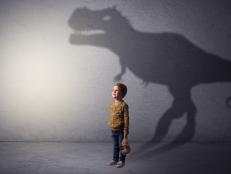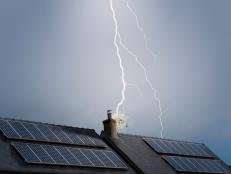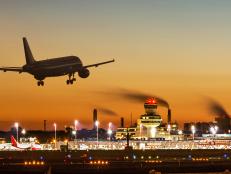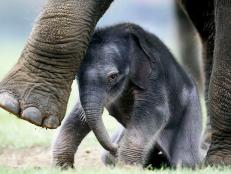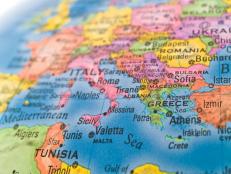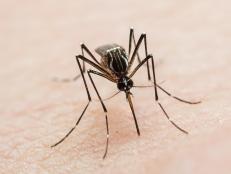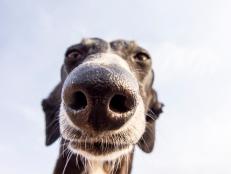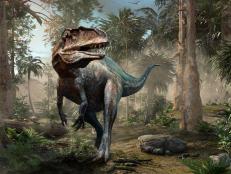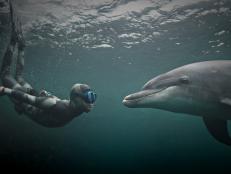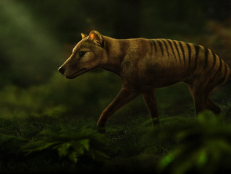All Science Articles
Showing 1 - 15 of 341 results
How to Save Humanity from Extinction
Here are some goals we need to achieve if we want to reach our 500,000th birthday as a species.
Extreme Weather Tests the Durability of Solar and Wind Power
As category four Hurricane Ian swept across the Caribbean into south west Florida on 28 September 2022, knocking out Cuba’s electricity grid along the way, hundreds of thousands of homes were hit by flooding and power loss. In contrast, the solar-powered community of Babcock Ranch 24 miles to the north of coastal town Fort Myers survived intact.
How 3D Print Building is Changing the Future
Building with 3D printing technology is sparking widespread interest in the construction industry. Besides reducing waste and our impact on the environment, it can speed up construction from weeks, or months, to days. Projects that use simple raw materials like soil, straw, and even salt, can be built in a fraction of the time and cost of traditional construction.
Scientists in China Discover Rare Moon Crystal that Could Power Earth
A rare lunar crystal found on the near side of the moon is giving scientists hope of providing limitless power for the world – forever.
This Country is Transforming an Abandoned Airport into a Green Oasis
Most old, disused airports are torn down to make way for shiny new developments, although at a huge cost and via a lengthy process.Not Tegel airport, in Berlin, Germany.
Saving Baby Elephants from a Deadly Herpes Virus
One biotechnology company is accelerating efforts to eradicate a fatal disease affecting endangered elephants.
Digital Twin Cities Can Shrink the Impact of Planet’s Largest Polluters
Cities are the planet’s largest emitters of greenhouse gas emissions, so they offer the greatest opportunity to tackle climate change. Hitting net zero emissions by 2050, a target set at the COP26 summit, could be achieved more quickly using city digital twins – working virtual replicas – that help track, manage and reduce environmental damage rapidly.
Building Atlantropa: One Man’s Plan To Drain the Mediterranean Sea
Atlantropa may be the most bizarre and ambitious environmental project you have never heard of.
Why You Can’t Escape a Mosquito
Hiding the scent of human blood from mosquitoes is harder than scientists originally thought.
Microplastics in Blood Spotlight Health Emergency from Plastic Pollution
Plastic pollution is growing rapidly across Earth’s ecosystems and its threat to humanity and wildlife is too. Outcomes for health and the environment will be dire unless we tackle it, says a United Nations (UN) report. But the discovery of microplastics in human blood means urgent action is needed.
Blind Dogs Can Still Play Fetch. A Newfound Nose-to-Brain Connection Explains Why.
Why are dogs such great sniffers? A new canine connection shows powerful brain links between dogs’ sense of smell and sight.
113 Million-Year-Old Dinosaur Tracks Uncovered Due to Drought
Severe drought conditions dried up a river at Dinosaur Valley State Park in Texas leading to the pre-eminent discovery.
Can this New 'iTEARS' Technology Help Detect Diseases?
New technology is helping scientists decipher microscopic tear particles to offer clues to what’s going on inside the body. With a simple few drops of tears, this technology can help doctors and scientists detect eye disease and signs of diabetes.
Can this New AI Technology Help Us Understand the Languages of Animals?
A California-based nonprofit is searching to build an AI language that allows humans more deeply understand non-human languages to help change our ecological impact on our Earth.
Scientists Are Resurrecting the Tasmanian Tiger from Extinction
Colossal Biosciences has announced it has begun work on the de-extinction of the thylacine, an iconic Australian marsupial eradicated by human hunting in 1936. Learn how they plan to do it in an exclusive interview with marsupial evolutionary biologist Andrew Pask Ph.D. and Colossal Co-Founder Ben Lamm.









